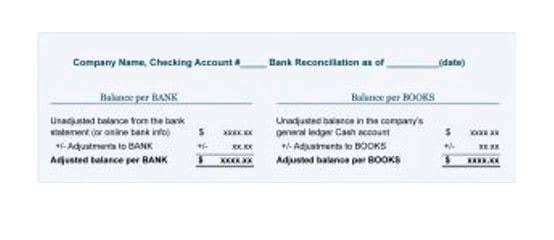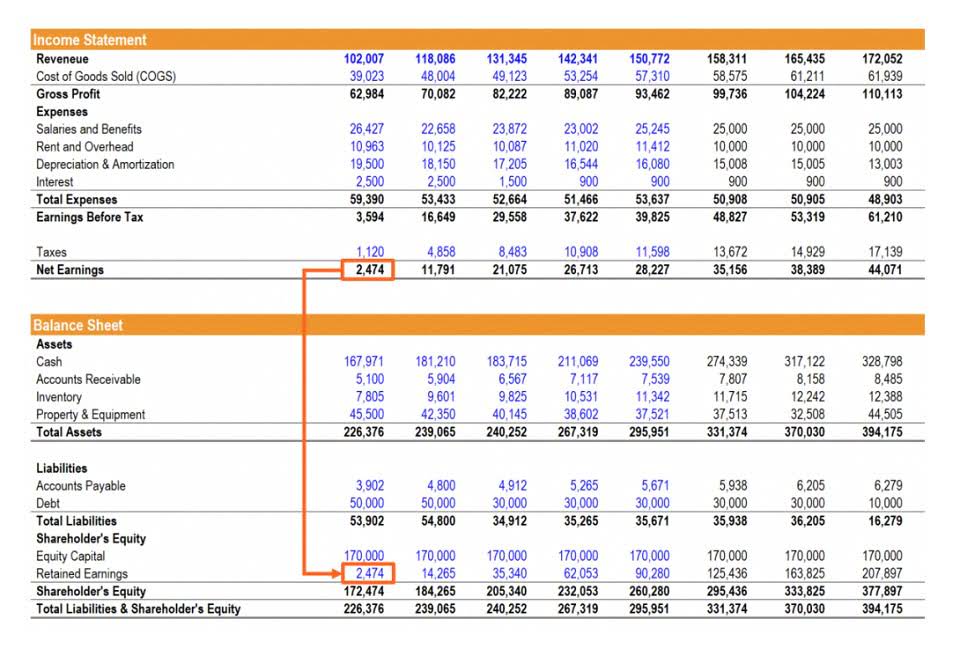
Instead of increasing assets or decreasing liabilities (as would be typical when spending cash), buying treasury stock reduces shareholders’ equity. Specifically, it is contra to shareholders’ equity because it decreases the total shareholders’ equity on the balance sheet. Accumulated depreciation is the most prevalent type of contra-asset account. It represents all the depreciation related to an asset or the company’s overall assets. Usually, companies add to the accumulated depreciation account after every accounting period. In essence, contra-asset accounts have a negative balance while other asset accounts have a positive balance.
- Overall, while maintaining contra accounts may require additional effort, the benefits they offer in terms of financial transparency and accountability make them an essential tool in accounting.
- When a customer makes a payment, the amount is credited to the accounts receivable account and debited to the cash account.
- This also ensures accurate financial statements, which is essential for meeting regulatory requirements and maintaining the trust of stakeholders.
- It carries a credit balance and is linked to the fixed asset account, which carries a debit balance.
- An allowance for doubtful accounts is a contra asset account that is used to offset Accounts Receivable on the balance sheet.
- Of that amount, it is estimated that 1% of that amount will become bad debt at some point in the future.
List of Accounts

A contra account is an account that companies use to reduce the value of a related account. It usually nets off against related accounts and provides an opposite effect to the balance. Therefore, contra accounts are the reverse accounts that decrease a specific account’s balance. Contra asset accounts are essential in bookkeeping for portraying the accurate net value of assets. The allowance for doubtful accounts – often called a “bad debt reserve” – would be considered a contra asset since it causes the accounts receivable (A/R) balance to decline.
Contra liability account example

The bond discount account, which balances the bond payable account, is an illustration of a contra liability account. Since a contra liability account does not indicate a future obligation, it is not categorized as a liability. Allowance for doubtful accounts is netted from the accounts receivable balance. The company predicts which accounts receivable won’t be paid by customers and writes those off. When the account receivable is written off, it is added to bad debt expense on the income statement and placed in the contra account.

Presentation of Contra Asset Accounts
- Contra asset accounts are an intriguing aspect of accounting, often seen as the mirror image of traditional asset accounts.
- This adjustment impacts interest expense calculations and the effective interest rate, helping stakeholders evaluate debt management and cost of capital strategies.
- And now, with some real-world examples and a fun coffee analogy, you’re ready to tackle them with confidence.
- By offsetting the asset accounts, contra asset accounts provide a more realistic picture of a company’s net worth and financial health.
- Examples include accumulated depreciation, sales returns and allowances, and contra equity accounts like treasury stock.
From the perspective of a financial analyst, depreciation is a key factor in assessing the performance and efficiency of a company’s asset utilization. A tax professional, on the other hand, might Accounting Security view depreciation as a means to manage tax liabilities, as different depreciation methods can lead to varying tax deductions over the years. Meanwhile, a company’s management may consider depreciation in strategic decision-making, such as budgeting for replacements or upgrades of assets. To illustrate, let’s consider a delivery truck purchased by a company for $50,000 with an expected lifespan of 5 years and a residual value of $5,000. Using the straight-line method, the annual depreciation expense would be $9,000 (($50,000 – $5,000) / 5 years). After 3 years, the accumulated depreciation would be $27,000, and the book value of the truck would be $23,000 ($50,000 – $27,000).
- By adjusting the value of inventory on hand, a company can present a financial position that closely matches the inventory’s market value.
- Expense accounts are technically contra equity accounts because they are linked to another equity account, revenue, and maintain an opposite balance.
- It’s not just about compliance; it’s about making informed decisions that will impact the company’s financial future.
- As your business acquires new assets (e.g., machinery, office equipment, vehicles), you record the initial purchase value in your Fixed Asset account.
- Different methods of depreciation allow businesses to align their financial reporting with the actual usage patterns of their assets, thereby providing a more accurate picture of their financial health.
1. Discount on Bonds Payable Liability Contra
Understanding contra asset accounts is therefore integral to grasping the financial dynamics of asset depreciation and overall asset management. Depreciation is a fundamental concept in accounting, representing the method by which the cost of a tangible asset is allocated over its useful life. It’s an acknowledgment that assets used in generating income gradually lose unearned revenue value due to wear and tear, obsolescence, or age.
Contra-asset accounts

Over time, the accumulated depreciation on these vehicles grows, reducing their book value. If the company decides to sell, the lower net book value of the vehicles due to the contra asset account will be a factor in determining the company’s overall valuation. Potential buyers will consider the age and condition of the fleet, as well as the need for replacement or maintenance, which are all reflected in the accumulated depreciation account. From the perspective of a business owner, accumulated depreciation is a measure of the value that has been consumed and can be an indicator of when it might be time to invest in new assets. For investors, it provides insights into a company’s investment in fixed assets and how effectively those assets are being used to generate revenue.

ABC Computers makes sales of 90,000; unfortunately, due to a fault in a product, they received returns of 2,500. The sales will still show a sales credit on the profit and loss of 90,000, but there is also a contra returns account with a debit of 2,500. The purpose of the Sales Returns account is to track the reduction in the value of the revenue while preserving the original amount of sales revenue. From an accountant’s perspective, the precision in contra asset account calculating depreciation or amortization schedules is paramount. They must ensure that the methods used—whether straight-line, declining balance, or units of production—are consistently applied and reviewed for relevance as asset usage patterns change.